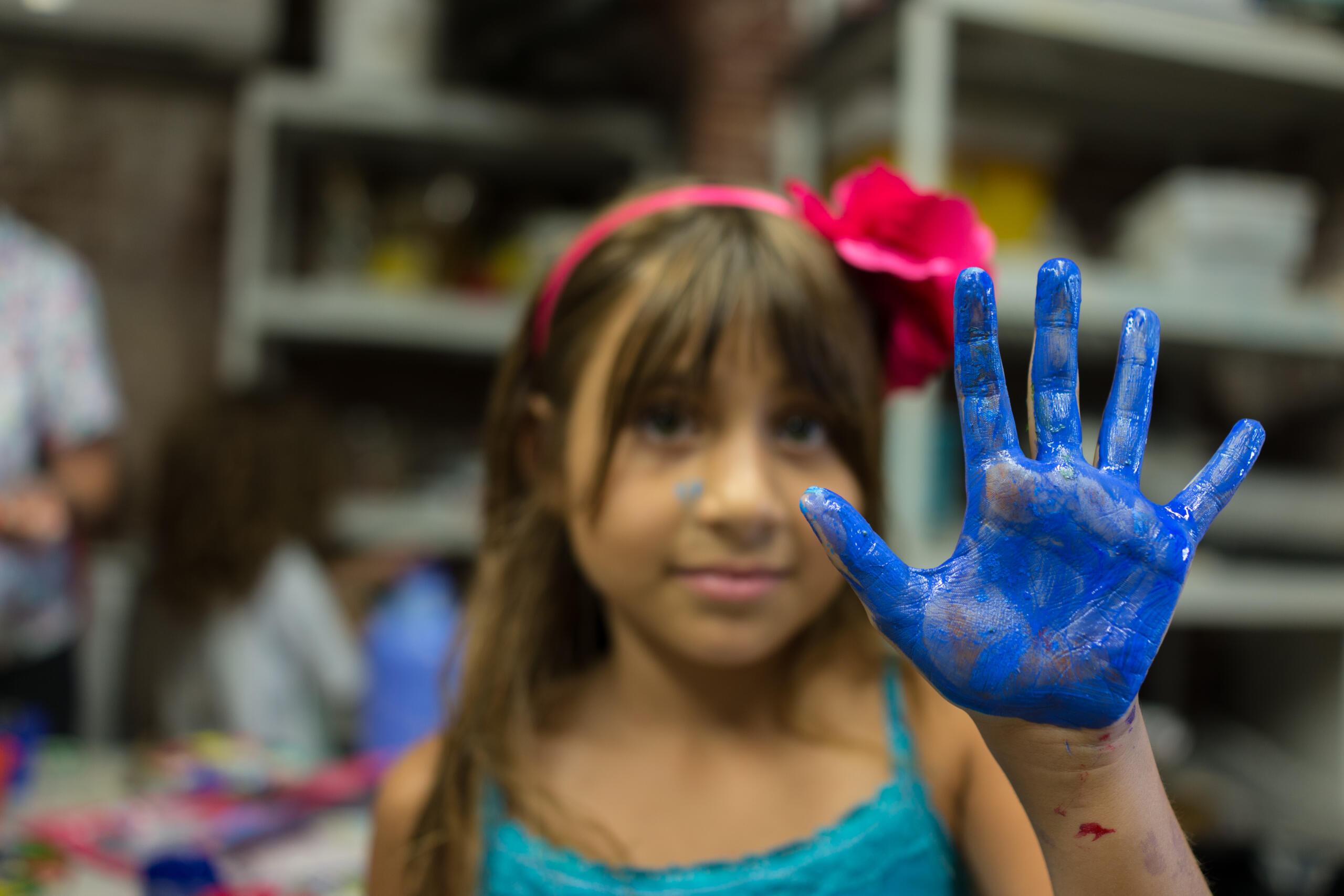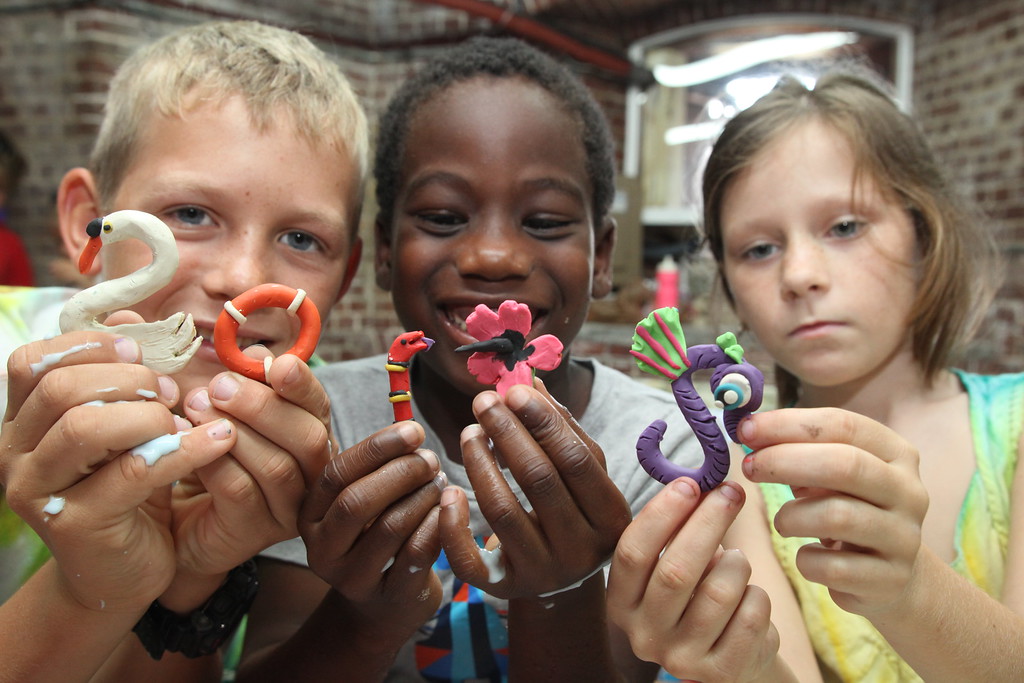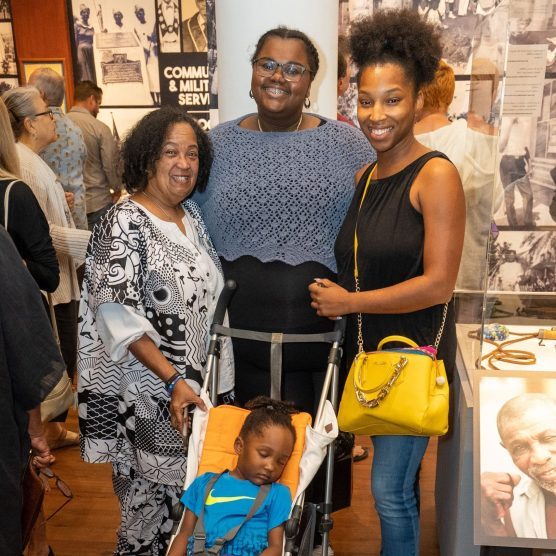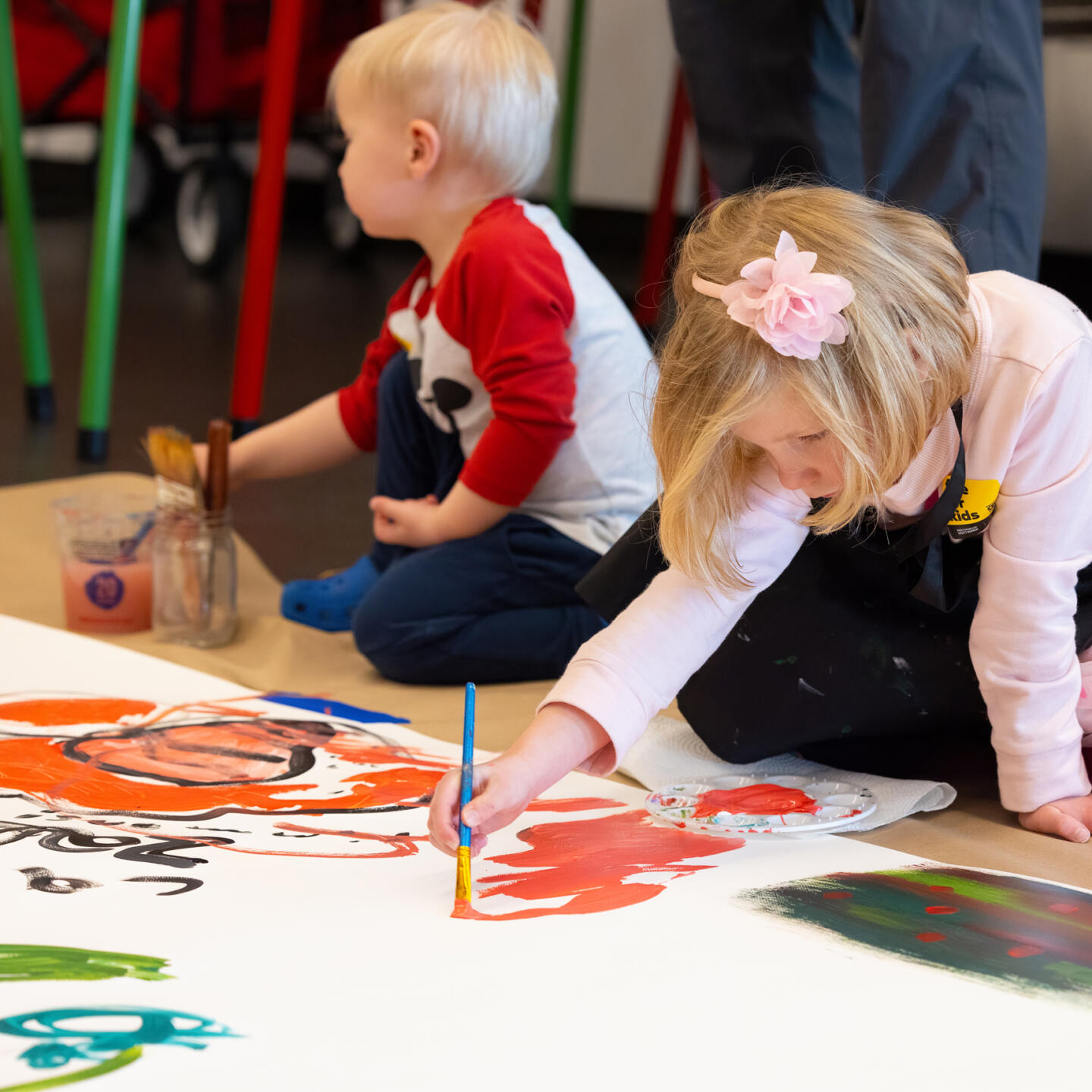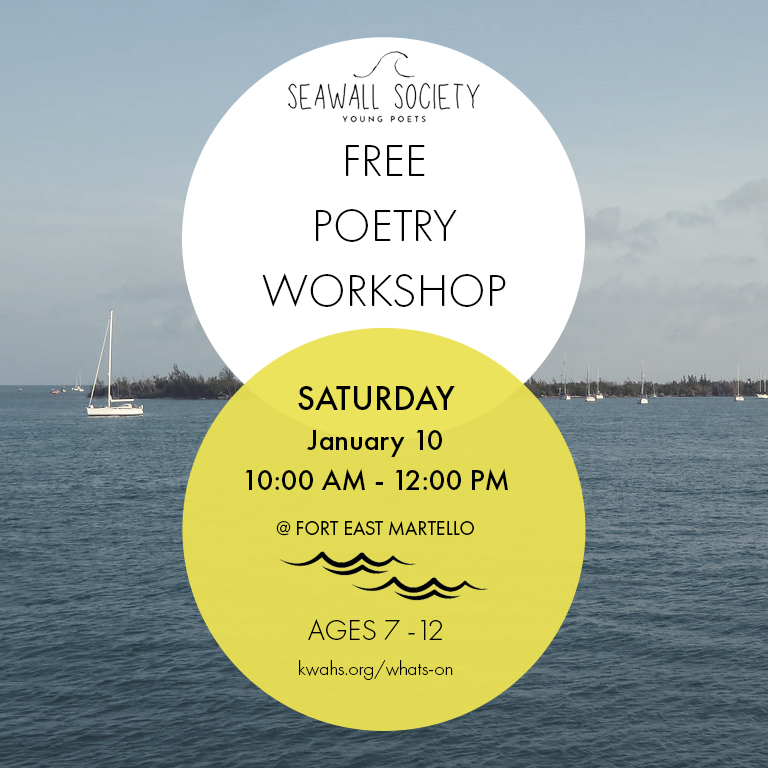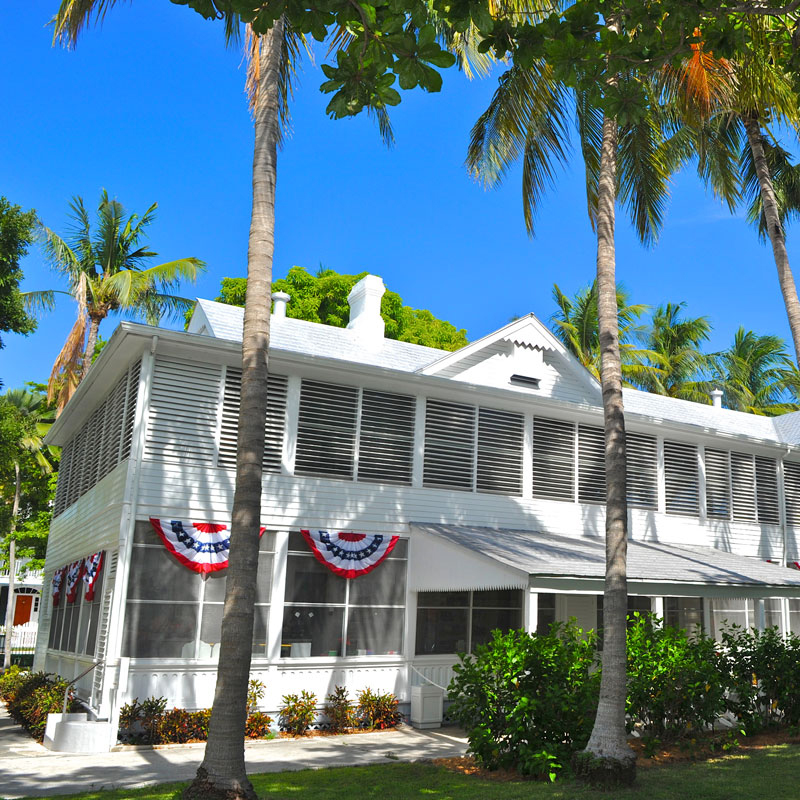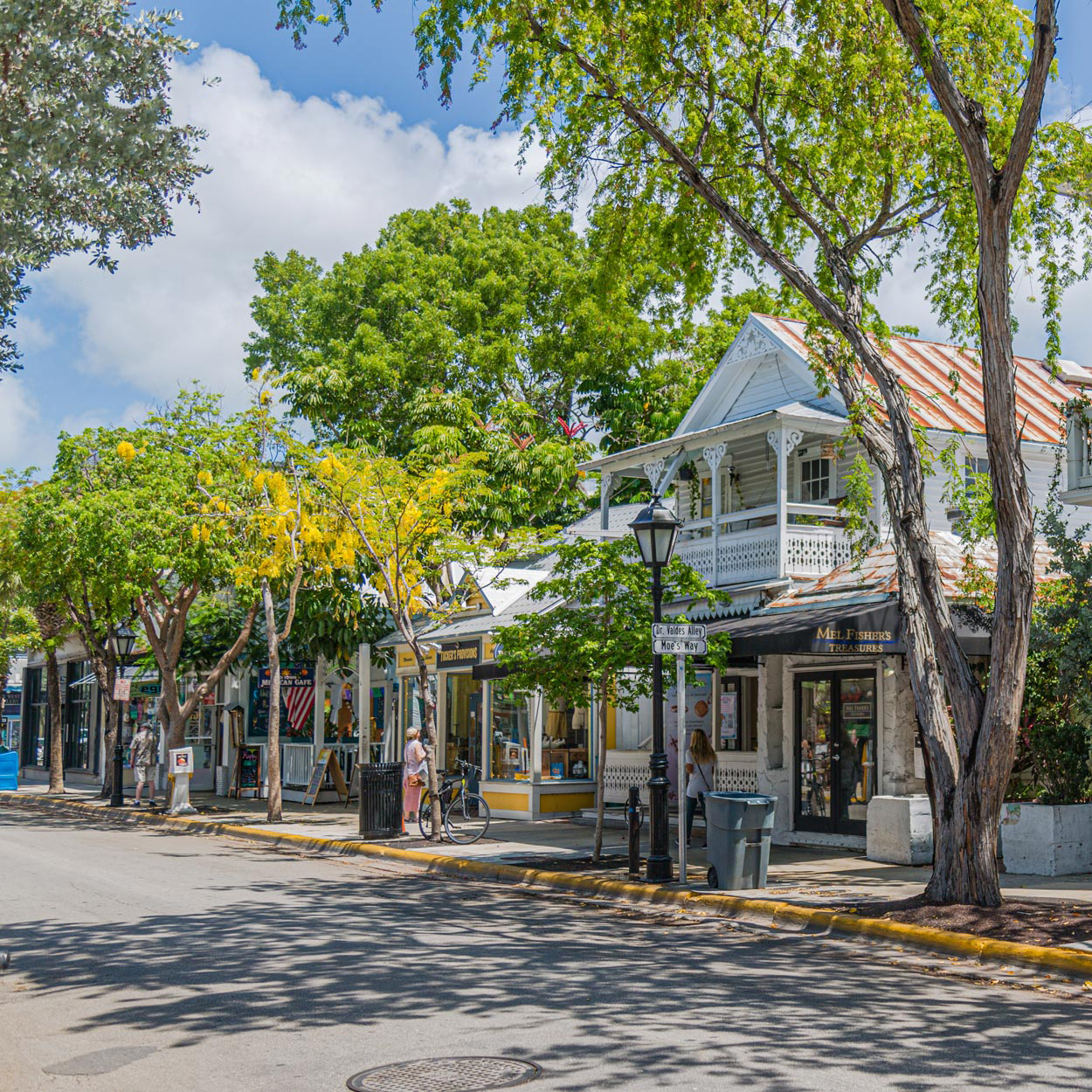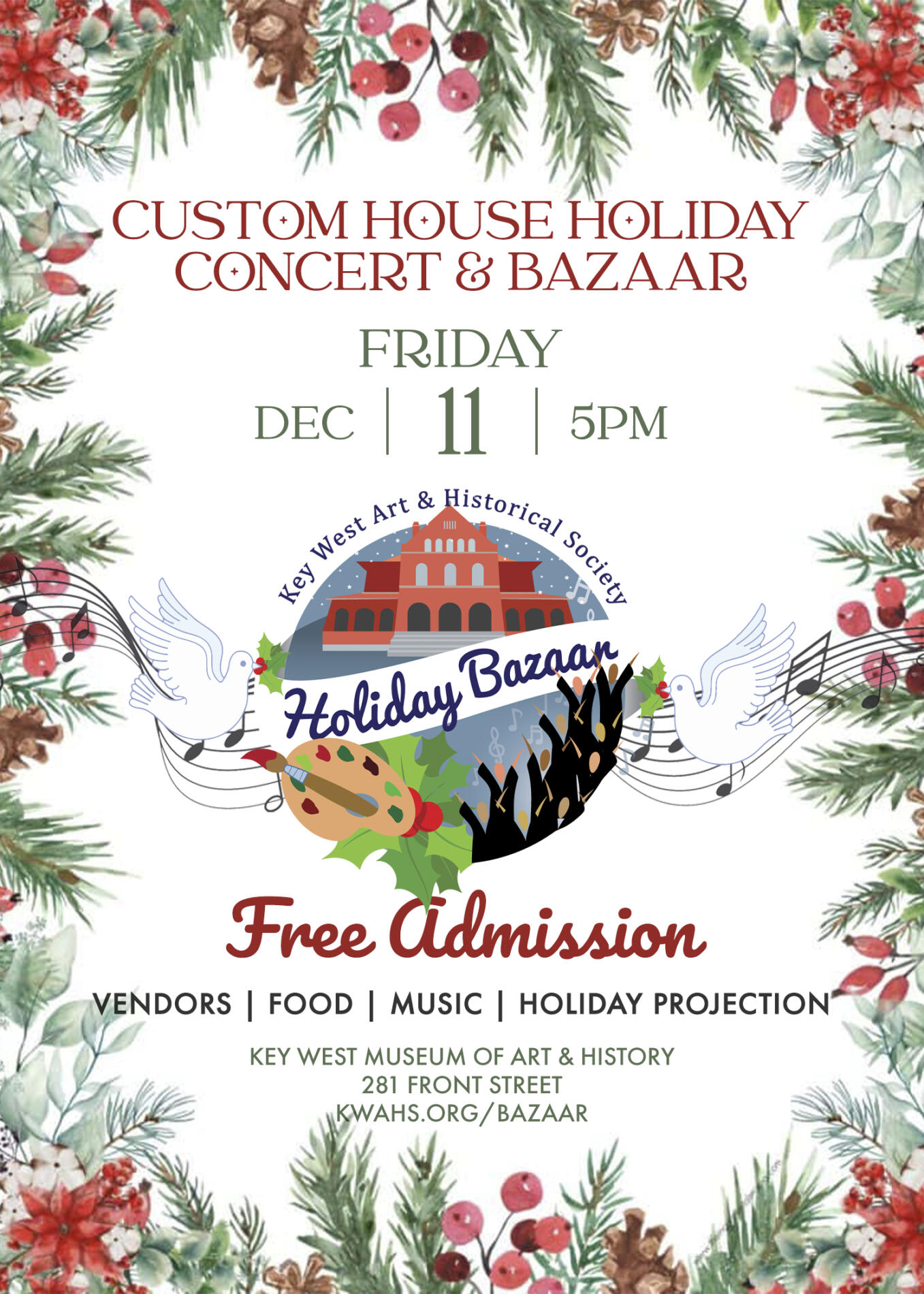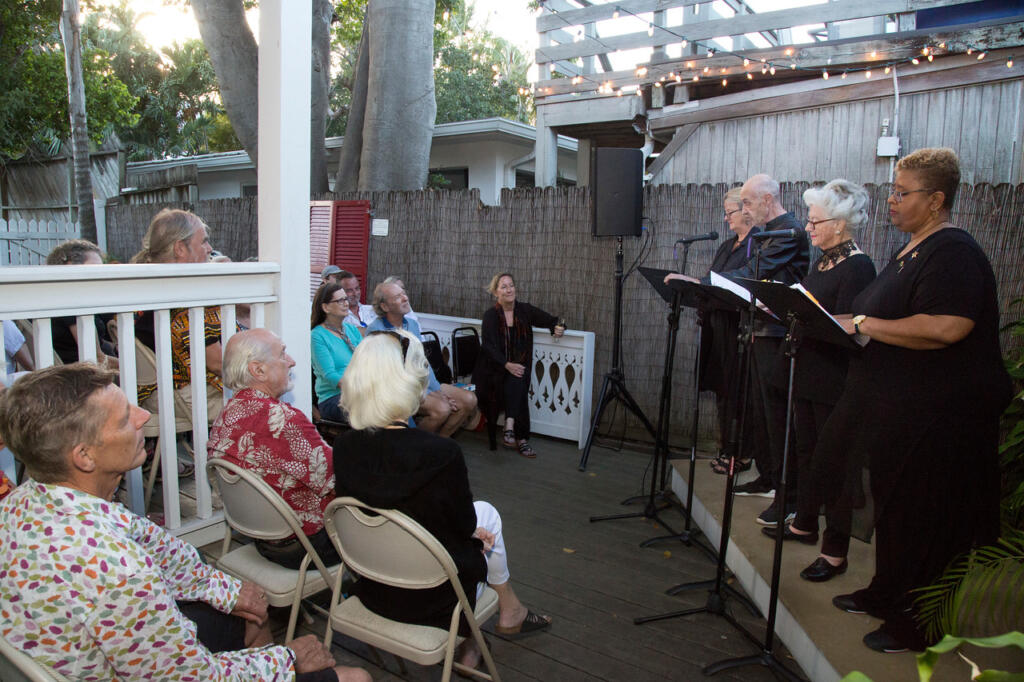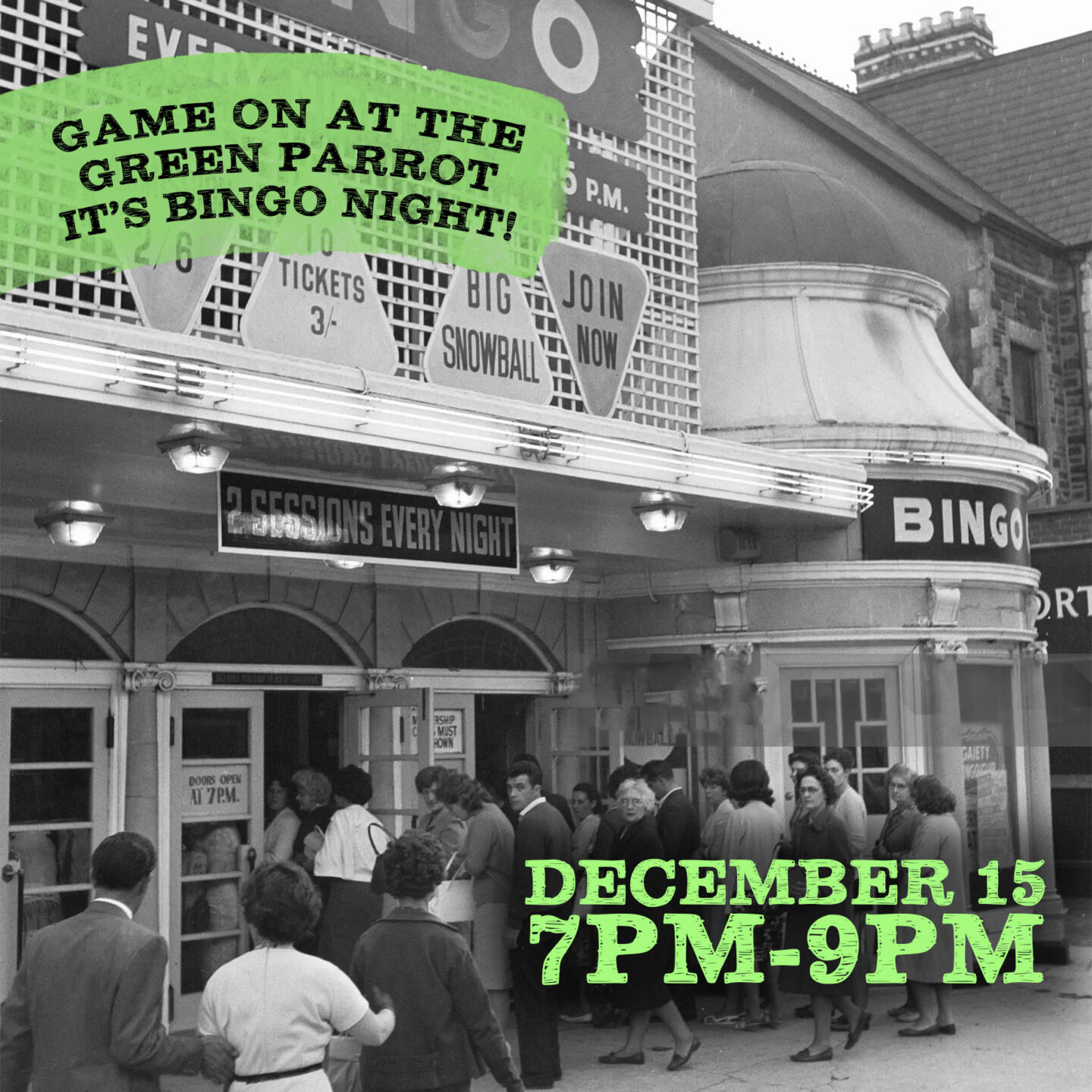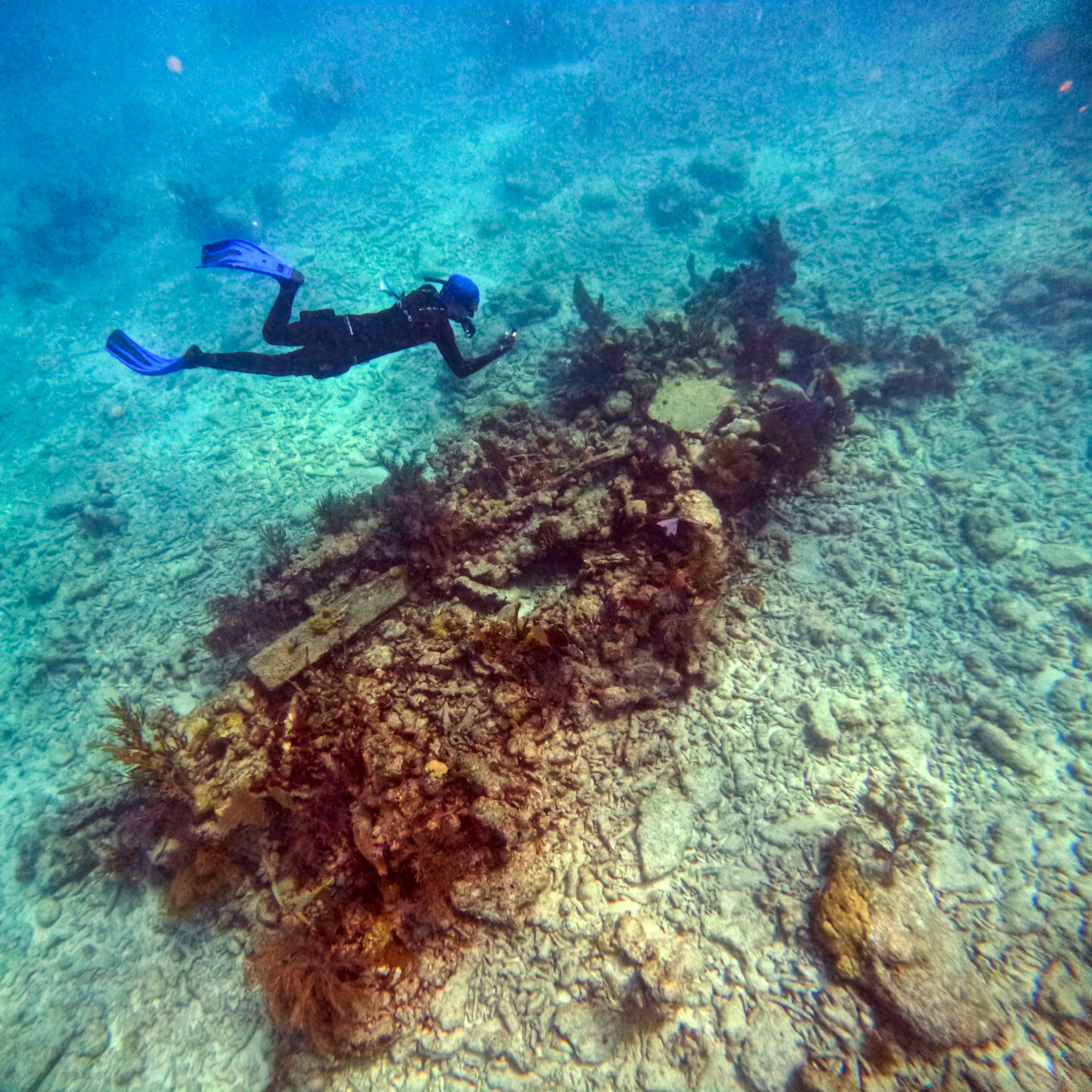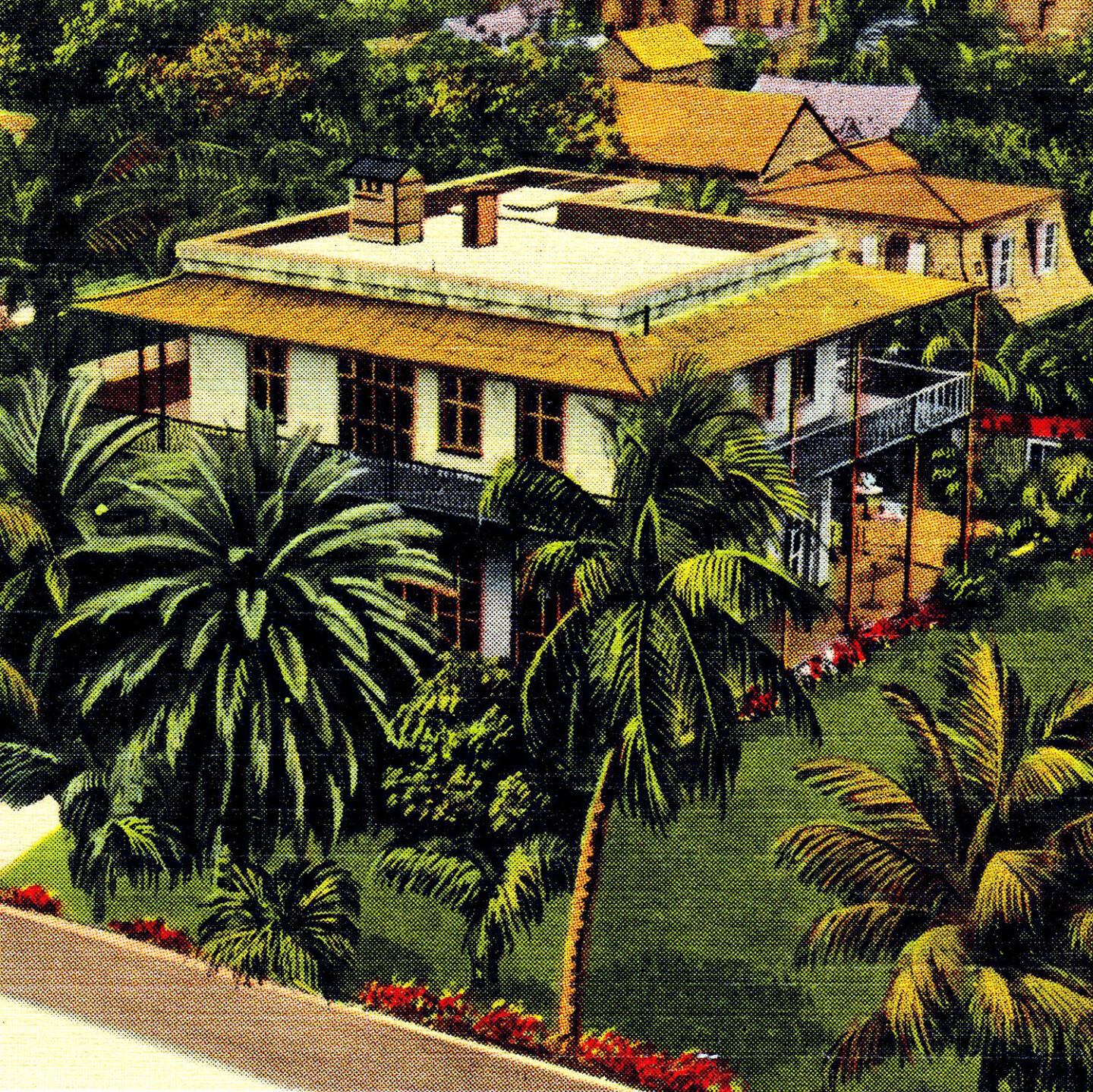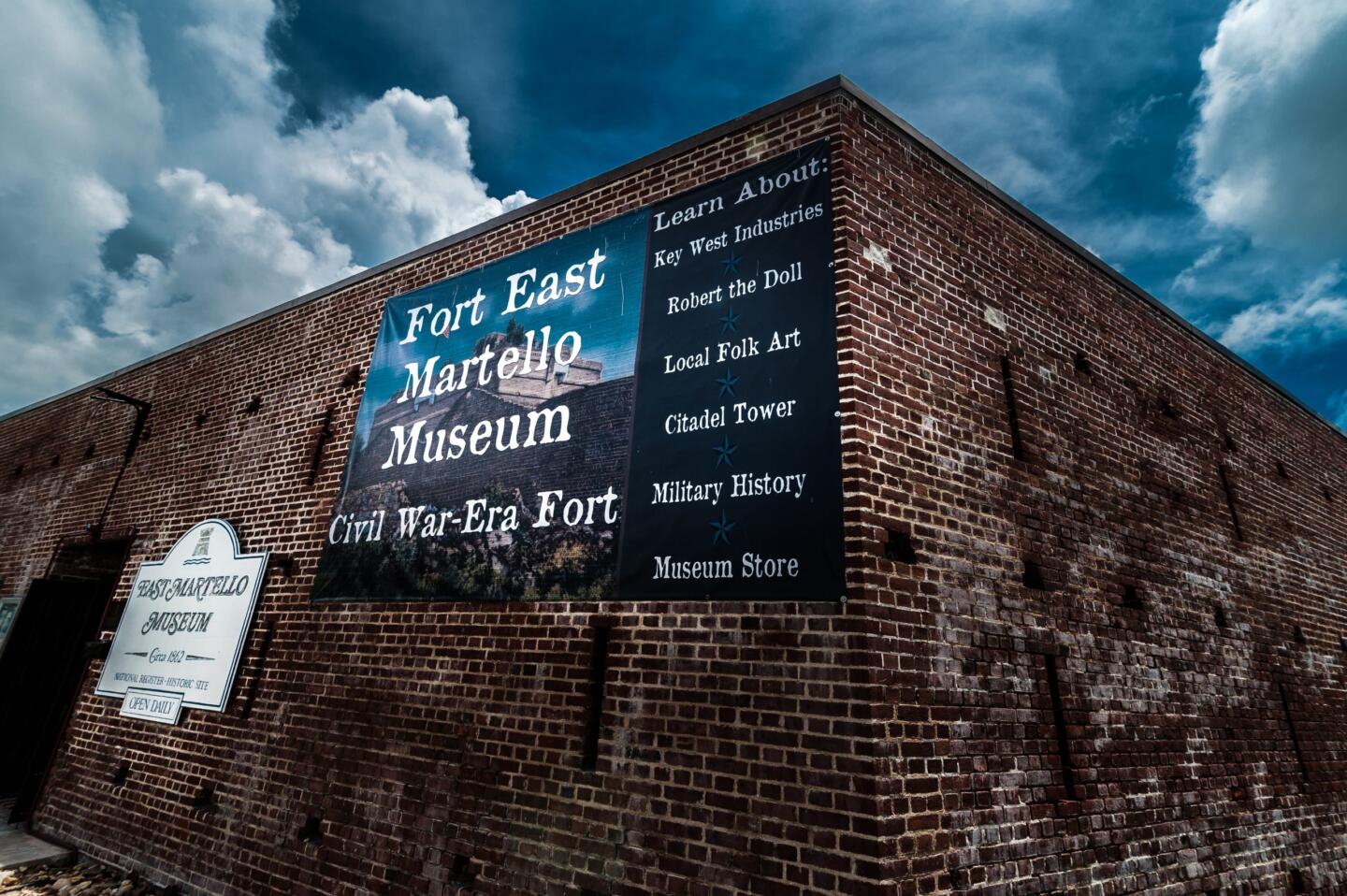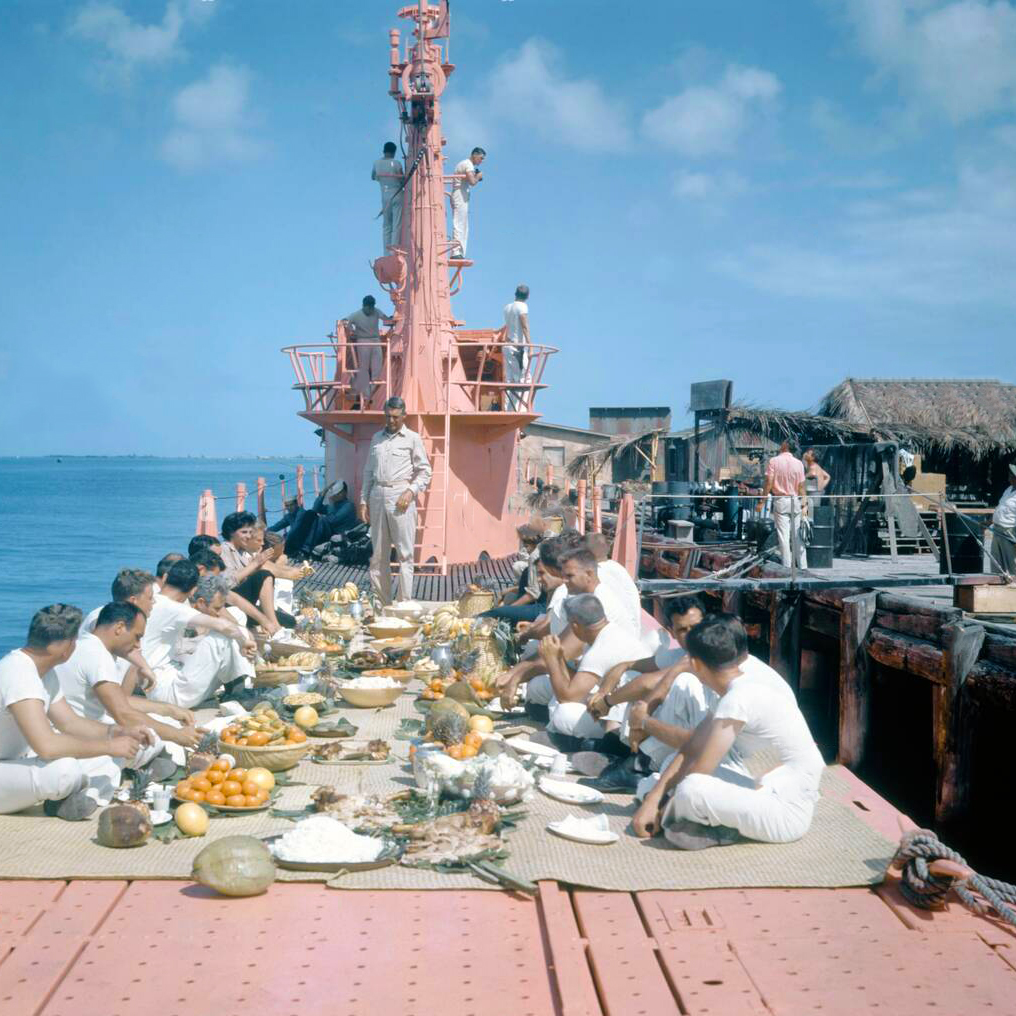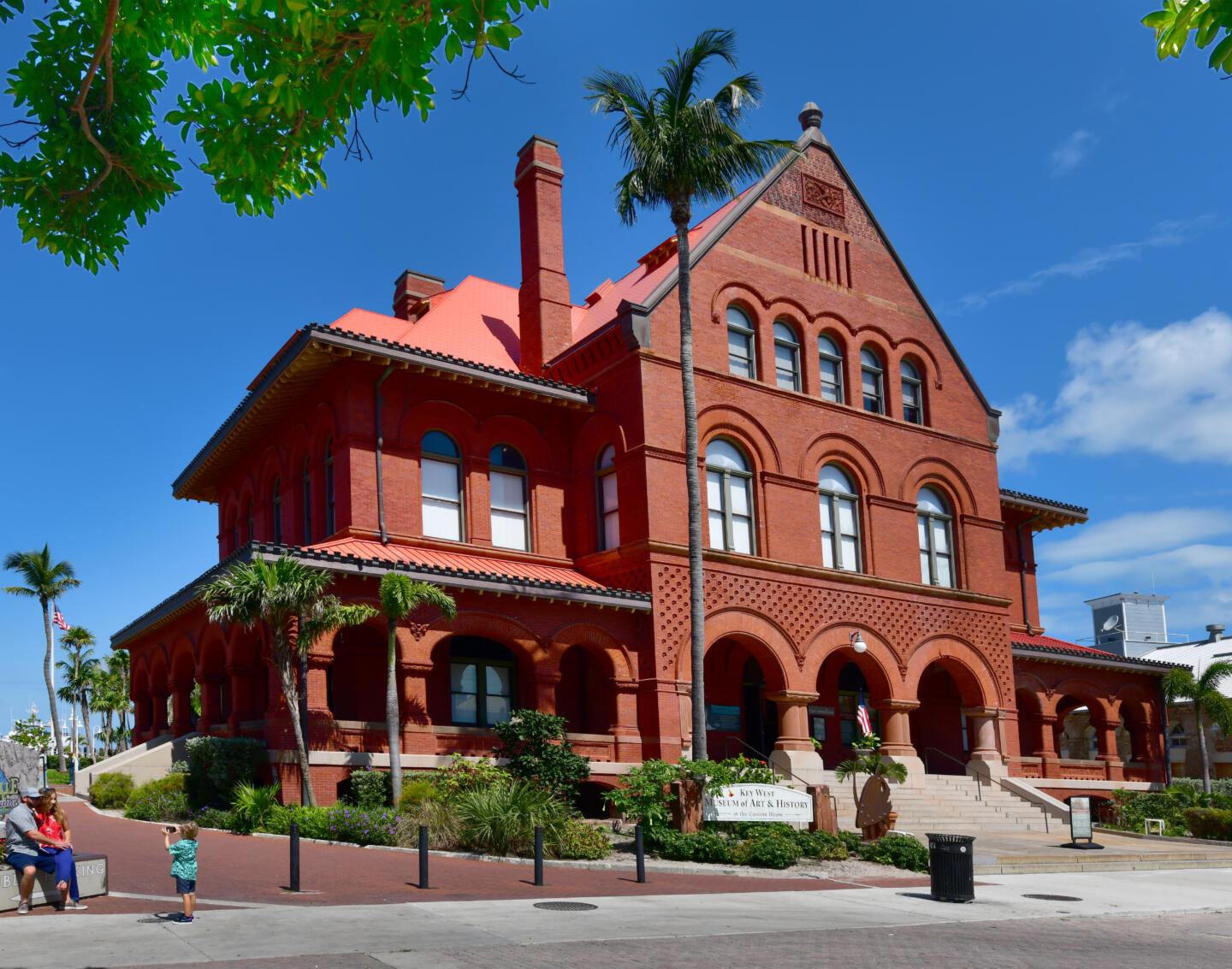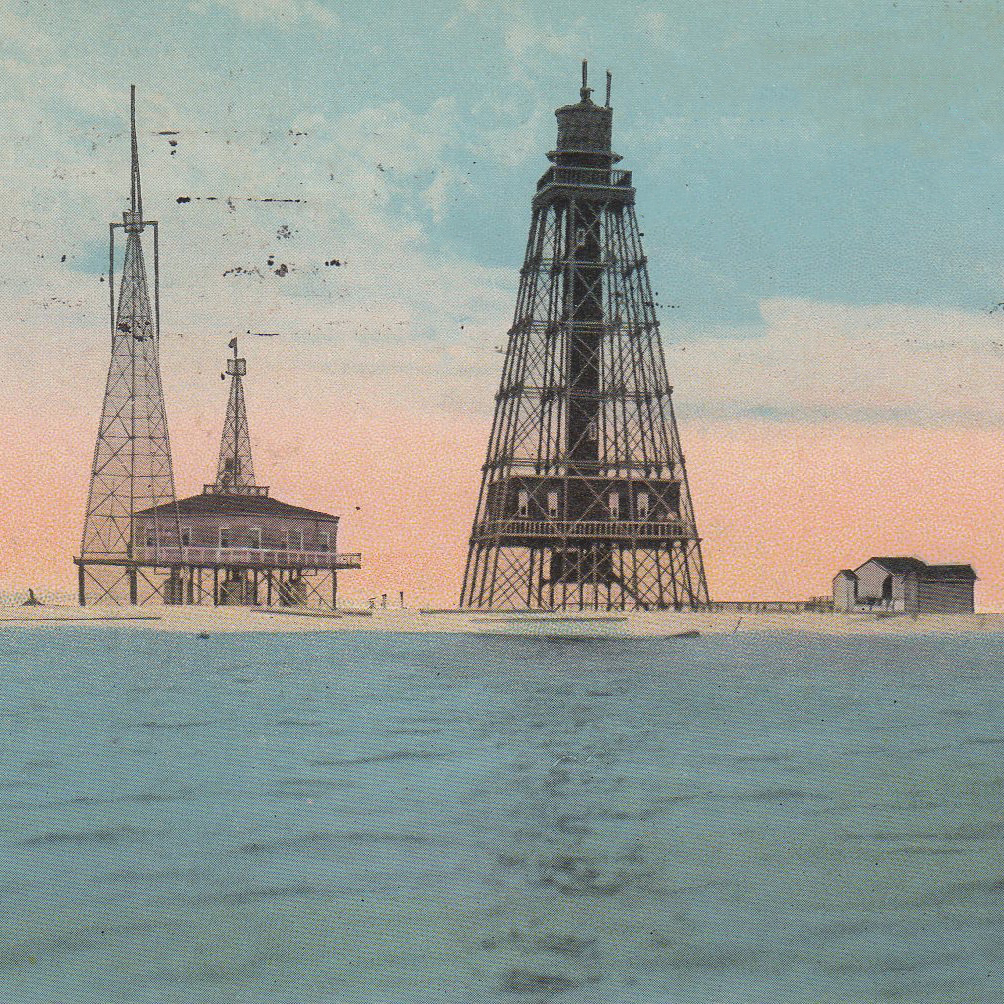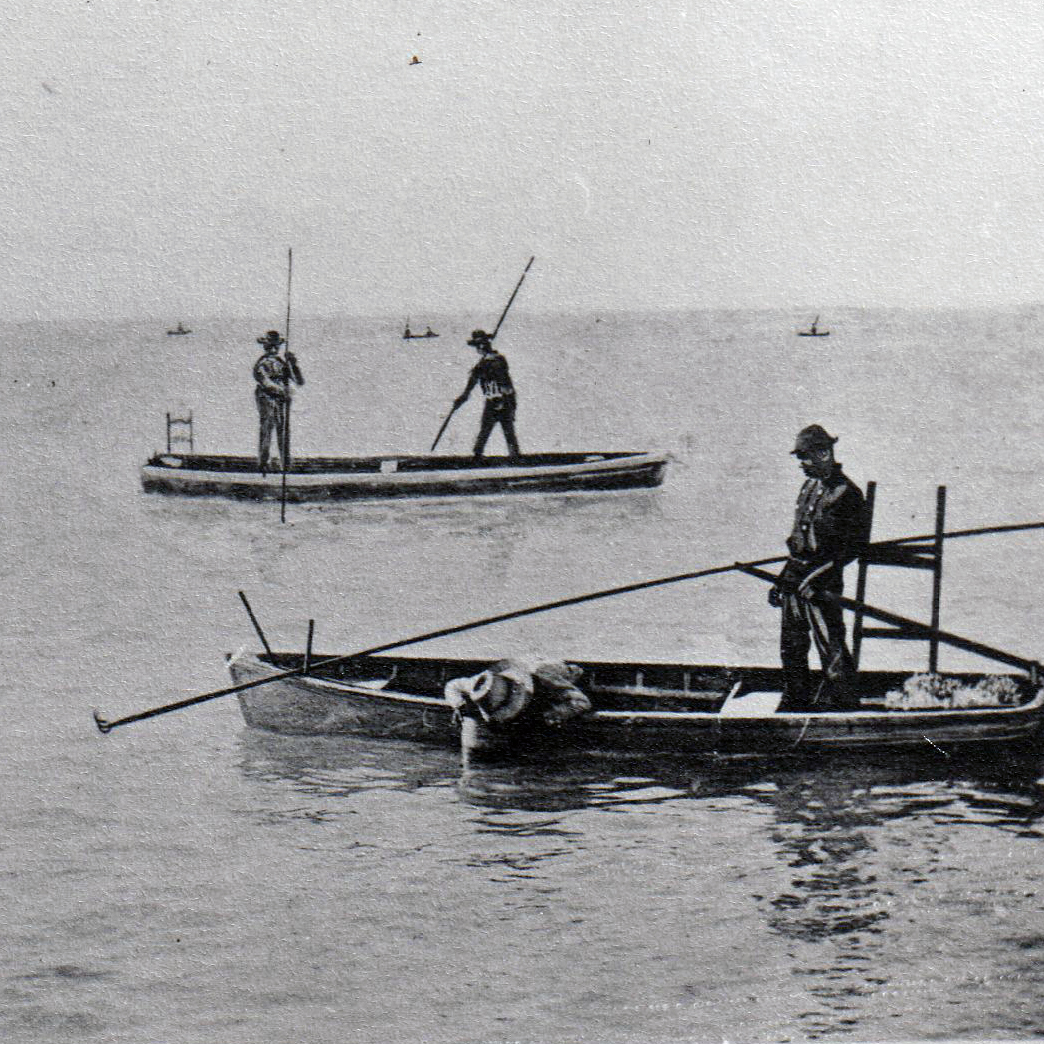Oversea Railway Lesson Plans
The Society’s Education Department offers a variety of workshops year-round to enhance your school-based curriculum. For more information, please contact the Education Specialist here.
Henry Morrison Flagler was an American industrialist and founder of Standard Oil. He was also a key figure in the development of Florida’s east coast and builder of the Florida East Coast Railway.
Stream our Distinguished Speaker Series Lectures
The Society hosts a monthly series of lectures from local and visiting writers, historians, and artists that concentrate on Florida Keys and South Florida topics in the broadest sense.
Recordings of our lecture series is supported by Alloys & Carol Metty and The John &Marilyn Rintamaki Family Trust.
Exhibits
Our historic sites not only house the Society’s permanent collection, but also serve as galleries for our award-winning exhibitions.
Venue Rentals
The Society offers four unique museum venues, each with its own charm and historic character, ideal for hosting weddings, corporate gatherings, private parties, and community events.
Education
The Society is dedicated to offering educational, informative, and fun programming for learners of all ages.

